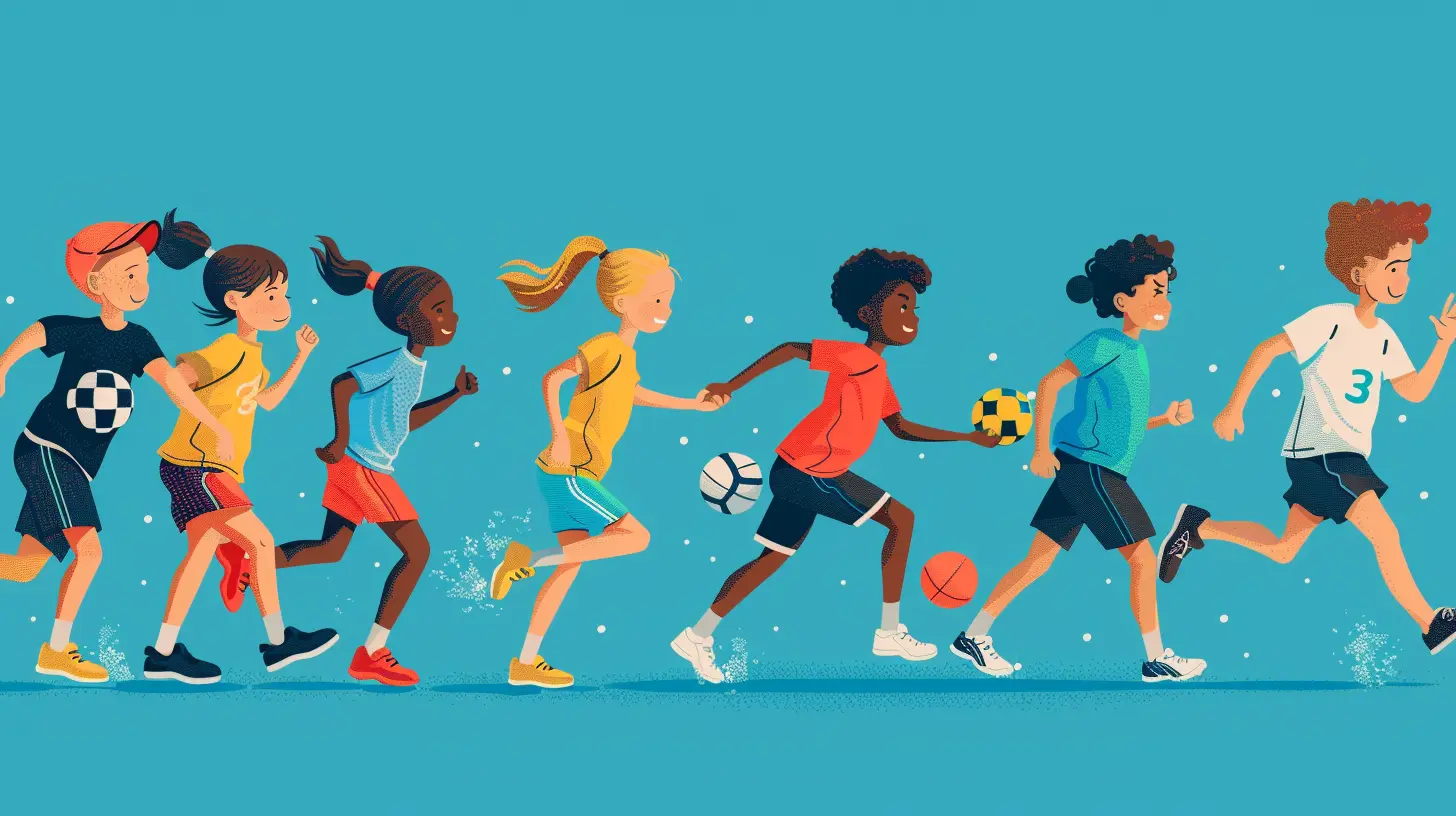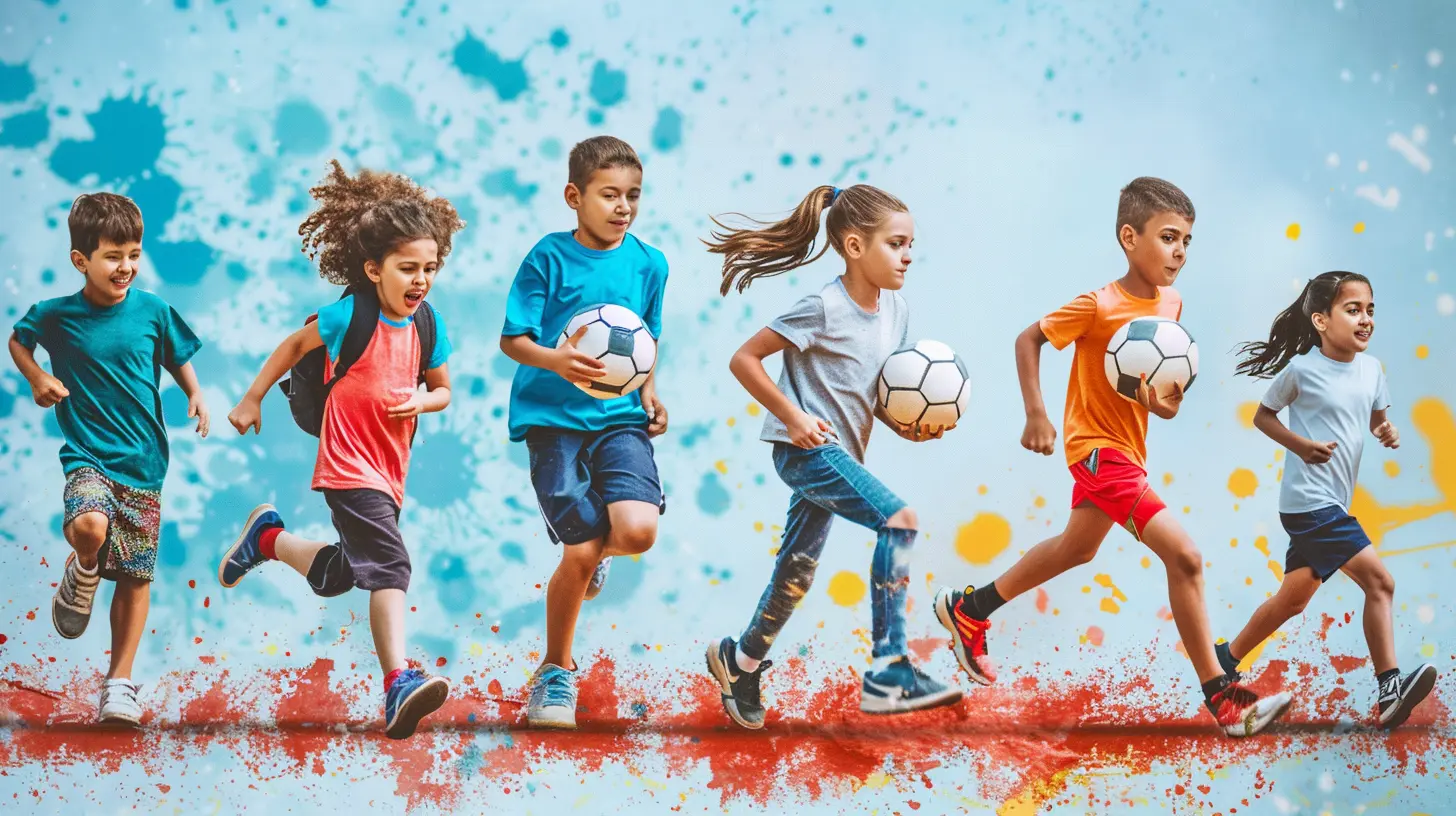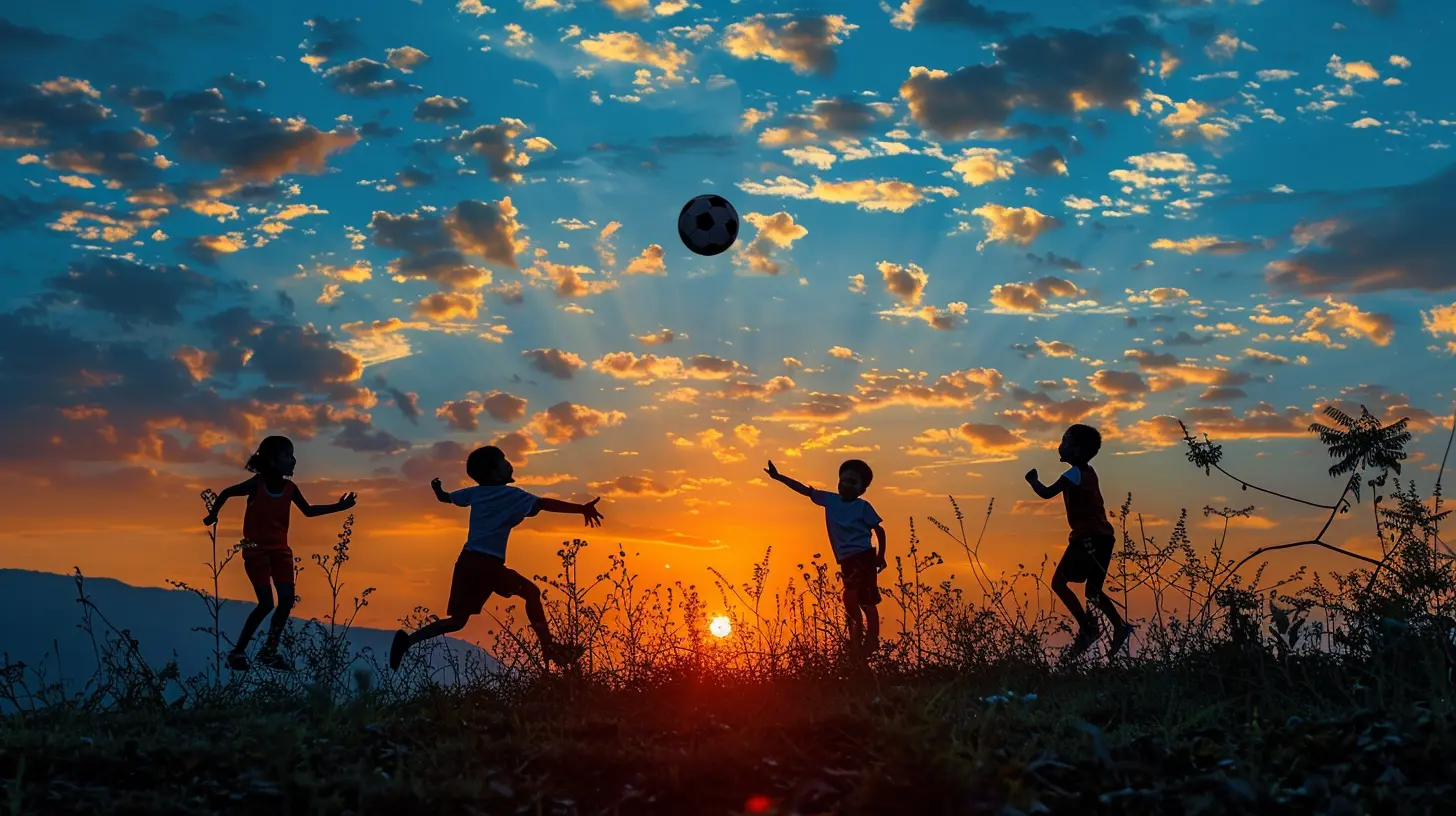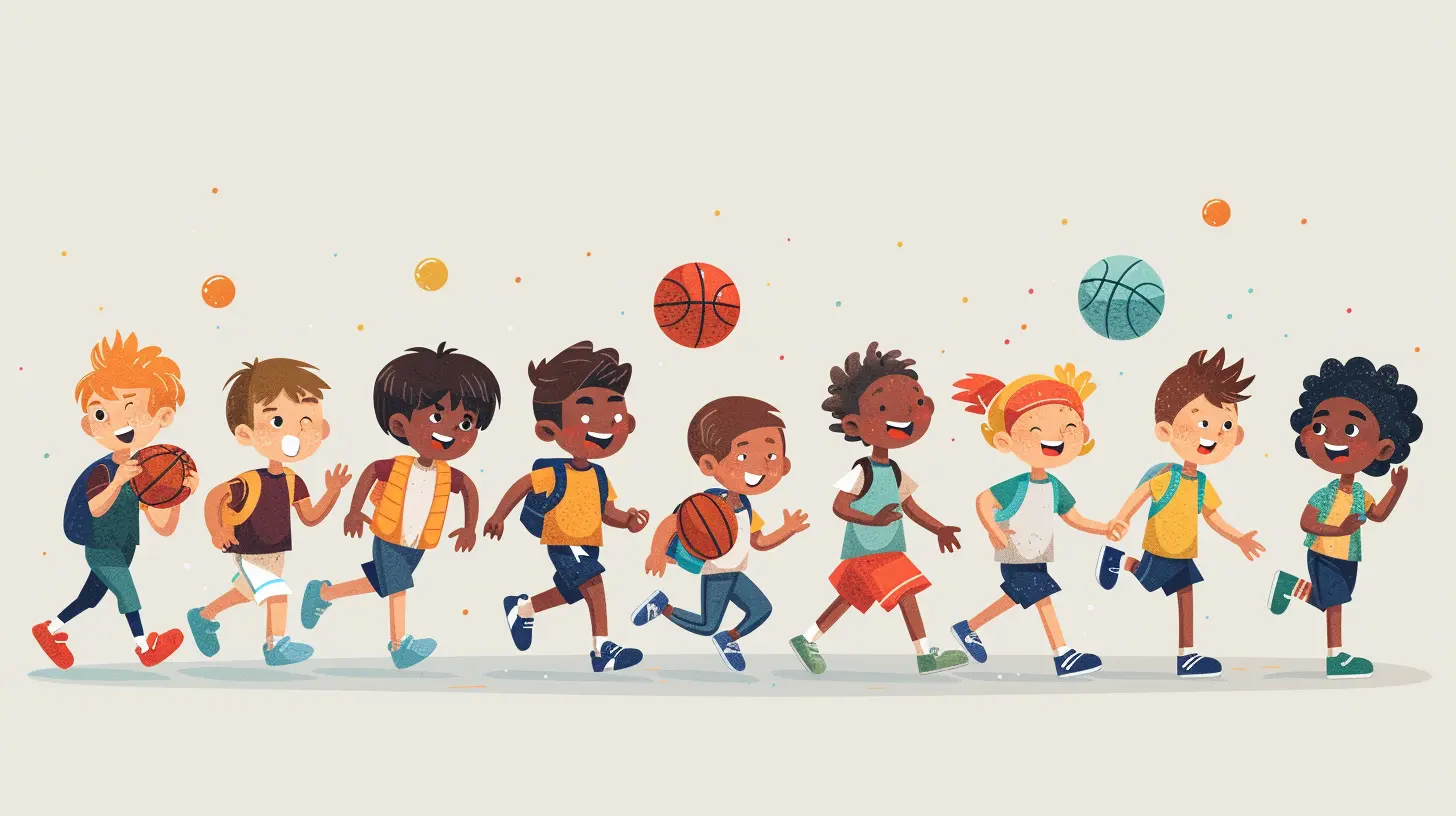How to Encourage Student Participation in Individual Sports
3 October 2025
When we think of school sports, team games like football or basketball usually come to mind. But individual sports? They’re just as important—maybe even more in some ways. From swimming and tennis to gymnastics and track, individual sports help build confidence, discipline, and a strong sense of personal achievement. The big question, though, is: how do we actually get students excited and involved in them?
Let’s break it down and talk about how to genuinely encourage student participation in individual sports—not by forcing them, but by inspiring them to try, stick with, and thrive in these activities.
Why Do Individual Sports Matter?
Before we talk strategy, let’s make sure we’re all on the same page about why individual sports are worth the effort in the first place.1. Builds Self-Reliance and Confidence
With individual sports, it’s just you and your performance. That can be scary, sure, but it also means every win and every bit of progress is yours alone. For students, this kind of ownership can do wonders for self-esteem.2. Encourages Personal Growth
Because there's no one else to rely on during a match or meet, students learn how to set personal goals, manage their emotions, and stay motivated. They get better not only at the sport but at handling life's curveballs.3. Offers Flexibility and Focus
Unlike team sports, which often require strict schedules, individual sports can often be practiced solo and on a student’s own time. This makes it an excellent fit for teens juggling academics, jobs, or family responsibilities.
Understanding the Barriers to Participation
Let’s be honest: if students aren’t lining up to join the swim team or sign up for martial arts, there’s a reason. It’s not because they’re lazy—it’s usually because of invisible obstacles.1. Lack of Awareness
Many students simply don’t know what individual sports options are available to them. If it’s not promoted or visible in school, chances are they’re missing out.2. Fear of Judgment
Without teammates to share the spotlight, all eyes are on them. That’s intimidating, especially during the awkward teen years.3. Limited Role Models
If no one in their circle plays individual sports, students don’t have someone to look up to. It’s hard to imagine yourself doing something when you’ve never seen someone like you do it.4. Perceived Boredom
Let’s face it, many students believe that solo sports = snooze-fest. They think it’s all drills and loneliness. But that’s just a myth we need to bust.
Practical Tips to Encourage Student Participation in Individual Sports
Now for the fun part. Let’s talk strategy—real, actionable ways to stir up interest and grow participation in individual sports.1. Start with Exposure: Show, Don’t Just Tell
Most students won’t fall in love with a sport they’ve never tried. So how do we get them to give it a shot?- Host demo days – Bring in athletes for live demonstrations and let students try out different sports.
- Create a "Sports Discovery Week" – Offer short trial sessions for different individual sports during PE classes.
- Showcase real stories – Highlight student athletes in newsletters and school assemblies.
The goal is to spark curiosity. Let students see the sport in action, and better yet, give them a taste.
2. Make It Social: Yes, Even Solo Sports Can Be Social
Just because it’s called an “individual” sport doesn’t mean students have to go it alone. Build a sense of community:- Form sport clubs or training groups – Even if students compete solo, practicing together makes all the difference.
- Organize inter-school meets or friendly challenges – These events can be less competitive and more about trying something new.
- Celebrate milestones publicly – Recognize personal bests on school bulletin boards or daily announcements.
People stick with things when they feel part of something. Community makes commitment easier.
3. Offer Incentives (Not Just Trophies)
Let’s be real. Everyone likes a little recognition. While winning is great, it shouldn’t be the only reason students participate.- Reward effort and improvement, not just performance.
- Use fun badges or certificates for milestones like “First 5K Run” or “Completed 3 Months of Training.”
- Offer leadership roles within sport clubs—like captain, event planner, or mentor for new members.
These small touches can go a long way in building student investment.
4. Make Access Easy and Affordable
Barriers like gear, time, and money can turn students away before they even start. Schools can step in by:- Partnering with local clubs or organizations to provide discounted training.
- Lending equipment through the school or PE department.
- Scheduling practices before or after school, with transportation support if needed.
Removing obstacles makes it easier for students to say "yes" to trying something new.
5. Infuse Sports into Everyday School Life
If you only talk about sports during PE, you’re missing tons of opportunities. Instead:- Integrate sports topics into other subjects – like using track stats in math or health benefits in biology.
- Let students do projects on their favorite athletes or sports personalities – this builds personal connections to the sport.
- Create sports-themed events – spirit days, competitions, or sports-themed fundraisers.
The more sports are part of daily life, the more normalized and attractive they become.
6. Empower Student Voice and Choice
No one likes being told what to do, especially teenagers.- Let students choose which sports they want to explore.
- Survey them regularly about what’s working and what’s not.
- Give them leadership in sports organizing—from helping design PE curriculum to planning events.
When students feel heard, they're way more likely to get involved and stay involved.
Role of Teachers and Coaches
Teachers and coaches are often the front line in encouraging participation. But to really reach students, they need to wear multiple hats: motivator, mentor, cheerleader—and sometimes, therapist.1. Focus on Fun, Not Just Performance
Students are way more likely to stick with a sport that brings them joy. Ditch the drill-sergeant routine and try:- Games and creative training methods.
- Celebrating small wins regularly.
- Sprinkling in humor and lightness during training sessions.
Remember, we’re building habits for life—not grooming Olympians overnight.
2. Be a Model of Grit and Positivity
Students look up to their mentors. If they see you pushing through challenges with a smile, they’ll remember.- Share your own fitness journey or stories of failure and resilience.
- Emphasize mindset and effort over medals.
- Show that it’s okay to mess up, try again, and still be proud of yourself.
3. Provide Individual Feedback
In a solo sport, feedback is personal. Make it count.- Be specific: instead of “good job,” say, “Your serve was more accurate today—great focus!”
- Make it constructive: guide students gently toward corrections without embarrassing them.
- Encourage reflection: ask how they felt during practice and what they want to improve.
Tailored support shows students you truly see them, not just their scores.
Leveraging Technology to Boost Participation
We live in a digital world. Why not use that to your advantage?1. Use Apps to Track Progress
Fitness apps, sport-specific trackers, or even simple spreadsheet logs can help students visualize their growth. Seeing progress is addictive—in a good way.2. Go Virtual
Offer online training videos, Zoom classes, or video critiques for students who prefer the comfort of home or need more flexible options.3. Promote on Social Media
Create a school Instagram or TikTok account that highlights sports achievements, workout tips, and student spotlights. This taps into their world and makes sports feel relevant and cool.Engage Parents and Guardians
Students aren’t the only ones who need convincing.- Keep parents informed about opportunities and benefits through newsletters or parent nights.
- Invite them to events—seeing their child in action might flip a switch.
- Offer family-friendly fitness events to make it a shared experience.
When families are involved, students feel supported both inside and outside of school.
Final Thoughts
Encouraging student participation in individual sports isn’t about enforcing rules or expecting instant results. It’s about planting seeds—sparking curiosity, nurturing progress, and celebrating every personal milestone along the way.Think of it like lighting a candle. You don’t need a roaring fire to start; you just need one tiny flame of interest. Fan it gently, protect it from the wind, and before you know it, you’ve got a light that burns bright all on its own.
So whether you’re a teacher, coach, parent, or student yourself—remember that every effort counts. Because when students discover an individual sport they love, they gain more than just a hobby—they gain a lifelong tool for resilience, health, and self-respect.
all images in this post were generated using AI tools
Category:
Physical EducationAuthor:

Olivia Lewis
Discussion
rate this article
1 comments
Mae Cruz
Why not let students earn points for wearing mismatched socks on practice days? Quirky attire could spark conversations and boost team spirit, making individual sports a little more collective!
October 18, 2025 at 3:48 AM

Olivia Lewis
That’s a great idea! Encouraging quirky attire like mismatched socks can definitely foster camaraderie and make practice more fun. I'll consider incorporating that suggestion!


